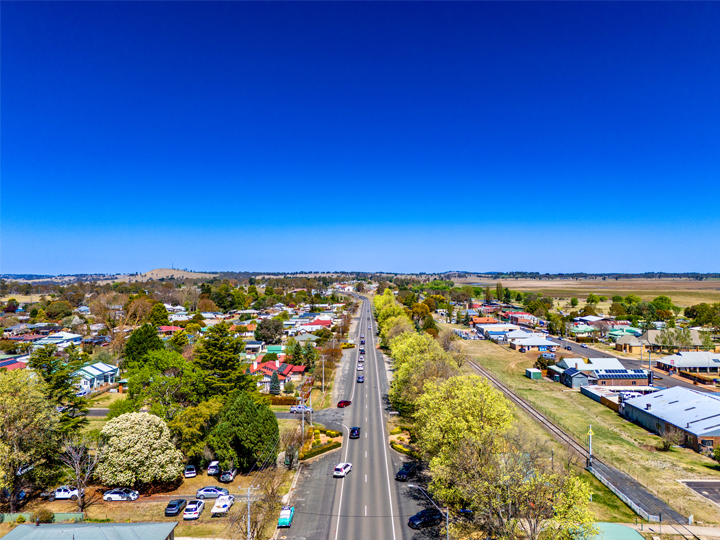September 28th, 2022
4 ways to make your rental property feel like your home
Tips & How to's
Blog

Regional New South Wales has become a hotspot for property investors and homebuyers over the past decade, particularly since the COVID-19 pandemic.
Alongside the benefits of remote working and how that enables traditional corporate workers more flexibility in where they reside — investors, renters and buyers have sought property in regional NSW on the basis of better affordability, lifestyle benefits and strong growth potential.
The market continues to evolve as we move through 2025 — shaped by economic fluctuations, infrastructure developments, supply issues and shifting buyer preferences.
Read on to learn about the predictions for the regional NSW property market in 2025.

The housing market in regional NSW has seen significant growth in recent years, partly driven by the COVID-19 pandemic, migration trends and lifestyle appeal.
This year, areas like the South Coast, Central Coast and Hunter Valley are expected to maintain steady growth — particularly in suburbs offering beachside or semi-rural living.
The affordability of towns like Sanctuary Point and Shellharbour is likely to attract buyers looking for the idealistic coastal lifestyle without the Sydney price tag.
Likewise, Orange, Dubbo and Tamworth continue to benefit from infrastructure projects and strong local economies — making them attractive for families, businesses and investors alike.

Major infrastructure projects, such as new highways, regional airport expansions and improved transport links, are also playing a crucial role in shaping regional NSW’s property market.
These developments are making it easier for residents in regional areas to commute to Sydney and other major cities for work — ensuring their livelihoods aren’t compromised by their living locations.
Likewise, ongoing investments in regional education facilities and healthcare are making towns like Albury and Wagga Wagga more appealing to young families and long-term residents.
Although regional NSW remains much more affordable than Sydney — rising property prices and limited housing supply due to increased demand are creating challenges for buyers on a budget.
It’s predicted that housing undersupply will continue to drive price increases — particularly in high-demand areas.
Low building approvals and strong buyer interest means that some regional markets may experience price hikes beyond the national average.
Despite recent interest rate cuts that may improve lending conditions, this context could make it harder for first-time buyers to enter the market.

Regional NSW’s rental market is anticipated to remain strong this year, yet high demand and limited supply are creating rising rents.
Towns with growing populations and employments hubs may be best suited for investors looking for stable rental yields.
Newcastle, Wollongong and Coffs Harbour, for example, are areas with strong rental demand where vacancy rates remain low while rental prices continue to climb.
Also contributing to the rental market stability is the trend of city dwellers relocating to regional areas for a change of lifestyle.
But despite the overall positive outlook for regional NSW — some risks to consider remain.
These include a potential rise in unemployment, affordability concerns and economic uncertainty.
Additionally, climate-related risks, like bushfires and flooding, may also influence the value of property in certain regions.
Despite some risks, the property market in regional NSW remains an attractive option for buyers and investors alike in 2025.
With strong growth prospects in key hubs, infrastructure-driven demand and a resilient rental market, city-dwellers and young families are seeking cheaper property ownership from cities, with additional lifestyle rewards.
While the market in regional NSW is much more approachable than in major cities, affordability pressures remain and supply constraints may also pose some challenges for buyers.
If you’re looking to enter the market in regional NSW — focus on areas with ongoing infrastructure projects, economic stability and strong rental demand.
Like always, staying informed on market conditions and working with local experts can help you navigate the evolving property landscape in the state’s regions.
The market is dynamic — those who act strategically can capitalise from long-term growth and stability.